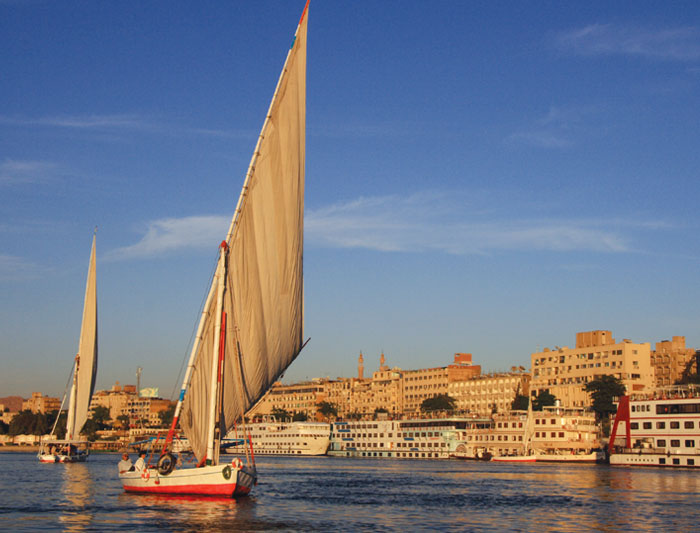|
Buffet: Galaxy Macau Festiva Buffet Macau Tower 360 Cafe Buffet, Portuguese Buffet Travel in Macau:Studio City Golden Reel, Batman Dark Flight, Macau Tower Not to be confused with Nowruz, the New Year in the Solar Hijri calendar.
The Hijri New Year, also known as Islamic New Year (Arabic: رأس السنة الهجرية Raʼs as-Sanah al-Hijrīyah) is the day that marks the beginning of a new Islamic calendar year, and is the day on which the year count is incremented. The first day of the year is observed on the first day of Muharram, the first month in the Islamic calendar. The first Islamic year begins in 622 AD with the emigration of Prophet Muhammad from Mecca to Medina, known as the Hijra. All religious duties, such as prayer, fasting in the month of Ramadan, and pilgrimage, and the dates of significant events, such as celebration of holy nights and festivals, are calculated according to the lunar calendar. While some Islamic organizations prefer determining the new month (and hence the new year) by local sightings of the moon, most Islamic institutions and countries, including Saudi Arabia, follow astronomical calculations to determine future dates of the Islamic calendar. There are various schema for calculating the tabular Islamic calendar (i.e. not based on observation), which results in differences of typically one or even two days between countries using such schema and those that use lunar sightings. For example, the The Umm al-Qura Calendar used in Saudi Arabia was reformed several times in recent years. The current scheme has been introduced in 1423 AH (15 March 2002). A day in the Islamic calendar is defined as beginning at sunset. For example, 1 Muharram 1432 was defined to correspond to 7 or 8 December 2010 in official calendars (depending on the country). For an observation-based calendar, a sighting of the new moon at sunset of 6 December would mean that 1 Muharram lasted from the moment of sunset of 6 December to the moment of sunset of 7 December, while in places where the new moon was not sighted on 6 December, 1 Muharram would last from the moment of sunset of 7 December to the moment of sunset of 8 December. ##Gregorian correspondenceMain article: List of Islamic years
Since the Islamic lunar year is eleven to twelve days shorter than the solar Gregorian year, the Islamic new year does not come on the same day of the Gregorian calendar every year. The following dates on the Gregorian calendar correspond to the Islamic new year: |
Muslim New Year|Somalia Festivals
January 03, 2016
VIEWED: 0
Recommended Products
see all-
Middle East Discovery
HKD 0 + Book -
Jordan & Egypt Uncovered
HKD 2835 + Book








